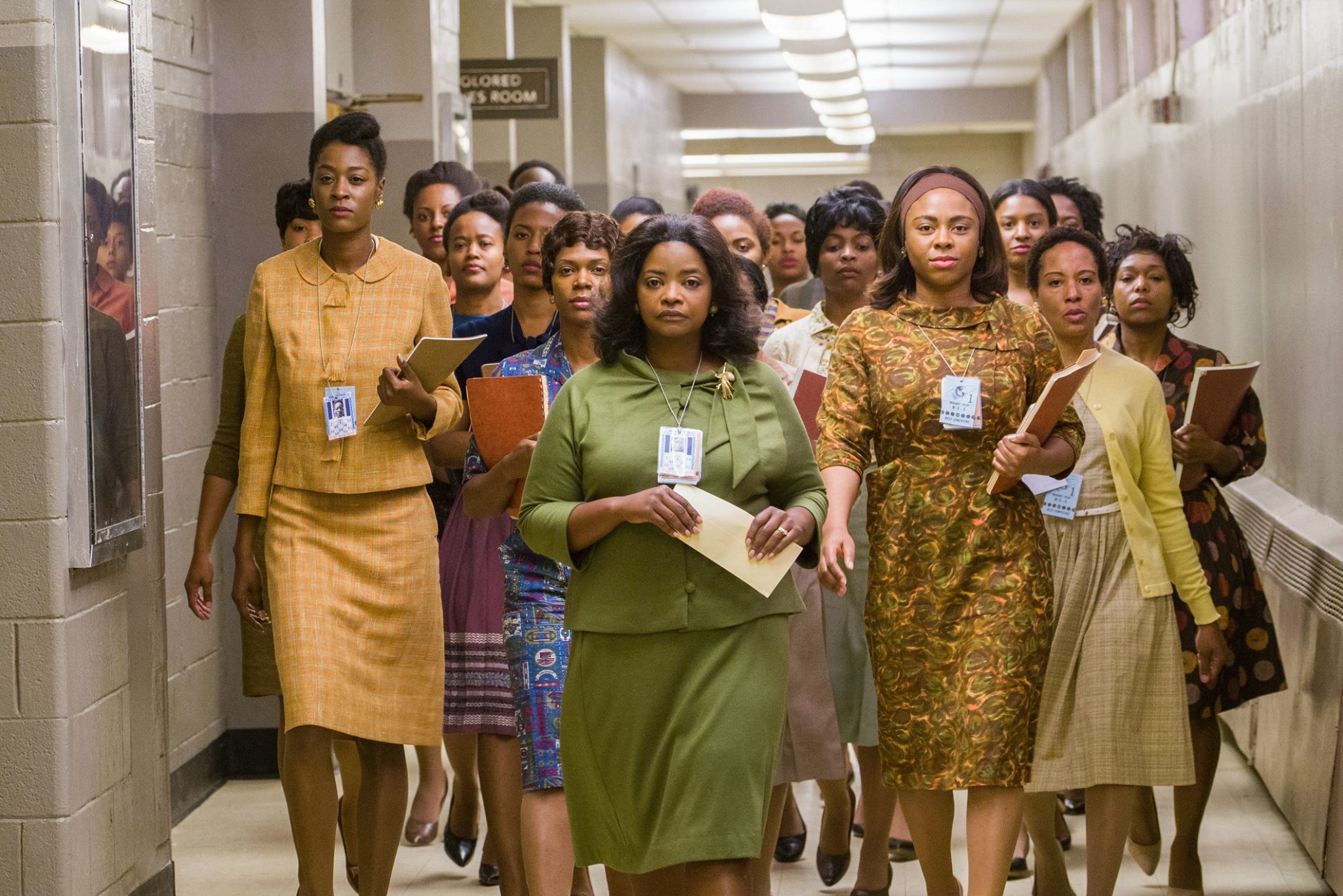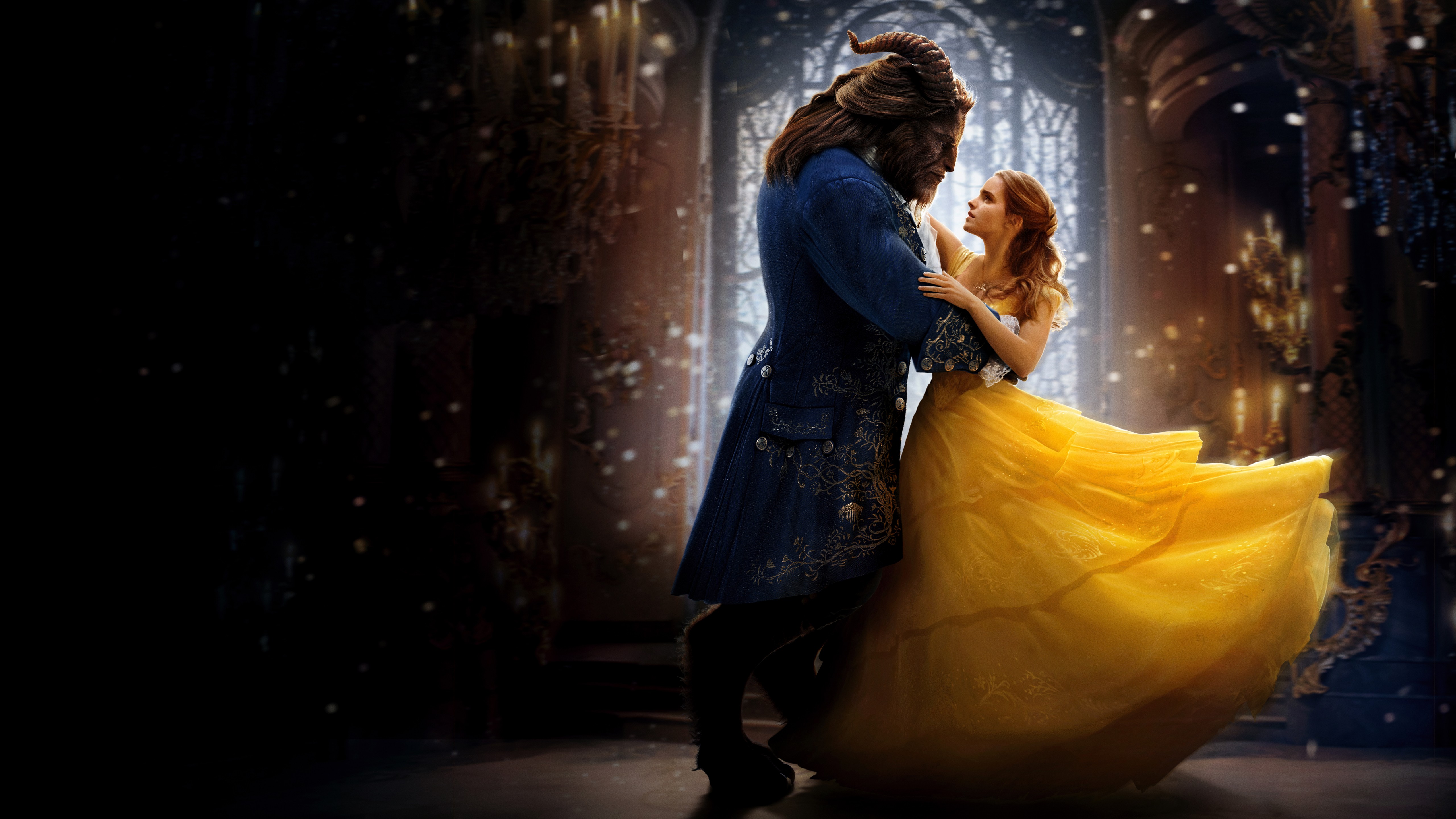Director: Theodore Melfi
Date: 23 April 2017
jamesintexas rating: ***

Hidden Figures is so well-executed, well-constructed, and well-acted, that its success in the box office and in the Academy Award nominations is both heartening and completely expected. A story hidden from most Americans until now, Theodore Melfi's film crosses into the public consciousness as a reclamation of American aeronautical history in the Civil Rights Era, and an excoriation of the good old days. In Hampton, Virginia 1961, three NASA engineers Katherine G. Johnson (Taraji P. Henson), Dorothy Vaughan (Octavia Spencer), and Mary Jackson (Janelle Monae) fundamentally challenge the corridors of power within NASA as the burgeoning space program struggles to get off of the ground. Katherine, a brilliant mathematician, finds herself working closely with Al Johnson (Kevin Costner), the gruff, no-nonsense team leader of the group tasked with keeping John Glenn safe while in orbit, a response to the Russians recent exploits, while also having to run across the compound to use the Colored bathroom. Dorothy, a visionary computer expert, sees the future of her work more quickly than those around her, forcing herself to learn IBM programming to make herself (and her team) indispensable in the coming age. And Mary struggles to earn the education necessary to be an engineer at NASA because of racism and sexism but figures out a way to learn what she does not know. In all three stories, which are woven together quite well, we see three women determined to challenge the power structure and keep challenging it.
Henson is the star here, given more screen-time for Johnson's struggles against administrators and policies and even the quiet racism of her white co-workers not wanting to drink from the same coffeepot as her. Henson conveys the dignity and the exasperated genius of Katherine G. Johnson, a woman whose insights made the impossible possible. Spencer and Monae are also decidedly great in their roles, and the film has an attentiveness to the costumes, hairstyles, set design, and cars of the era that is both beautiful and disarming. This time was not that long ago. Yet, why do we not know this story until now?
Hidden Figures has grossed over $168 million dollars, and I know of multiple grants for school children of all races and ages to go see the film in the theater. These women's achievements have not been forgotten, and the film tells their compelling story in a way that tugs at the heartstrings. These were real people, real women, doing work at the highest level that was needed by our government, and their voices were silenced, marginalized, and hidden until now. There was palpable relief during a key moment with Al Johnson and a sledgehammer, a decision with great implications for treating others with equality. I am excited to watch this film with my own children someday.
In her court case to be able to learn what she wants to learn, Mary Jackson states, "I plan on being an engineer at NASA, but I can't do that without taking them classes at that all-white high school, and I can't change the color of my skin. So I have no choice, but to be the first, which I can't do without you, sir. Your honor, out of all the cases you gon hear today, which one is gon matter hundred years from now? Which one is gon make you the first?" Here's to this film being the first of many reclamations of American history to show the myriad of people previously unseen, unheard, and hidden from our public consciousness. The American experience must uncover these hidden stories and show them in classrooms and movie theaters, in books and shows. We have no choice but to move forward and honor the truth in our past. Hidden Figures lights the way.





